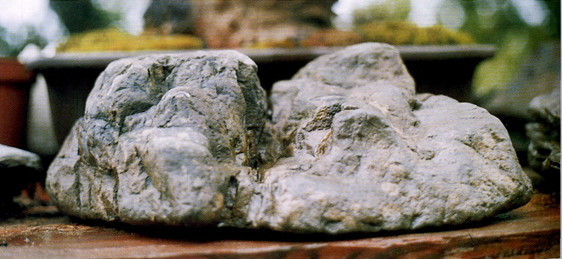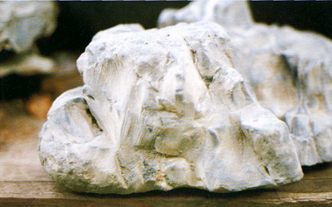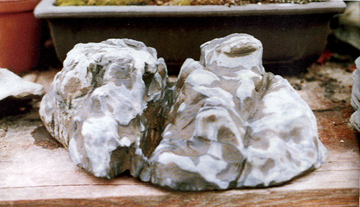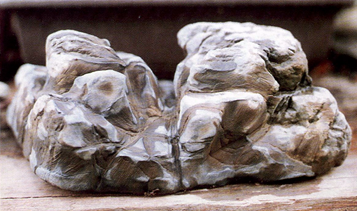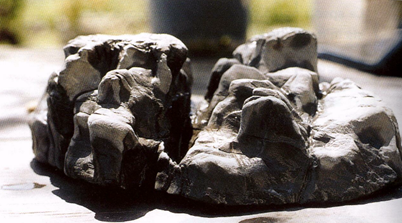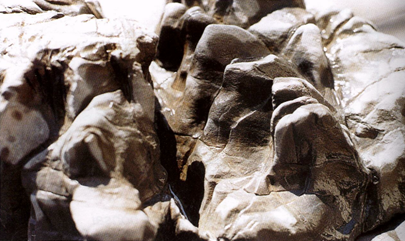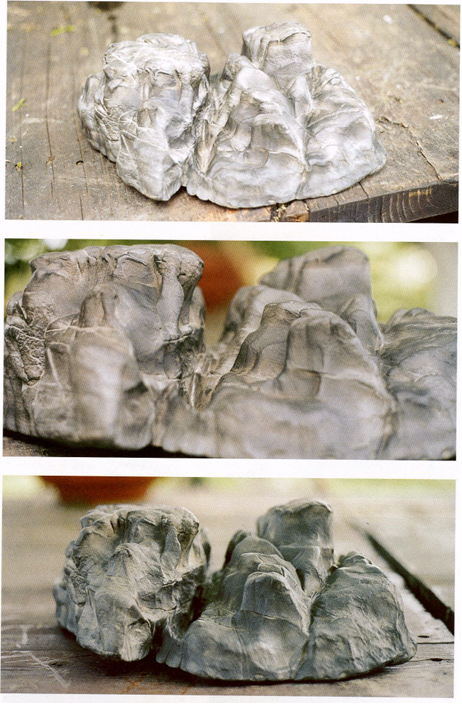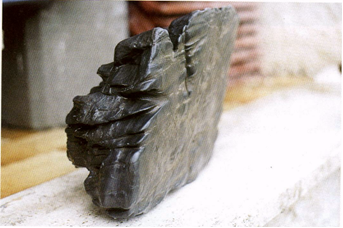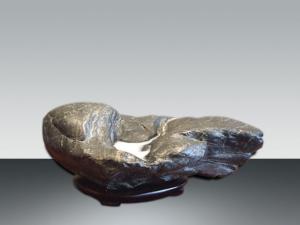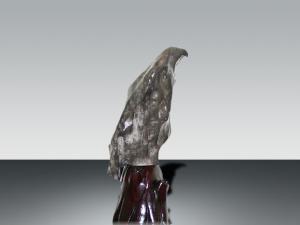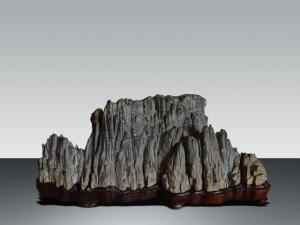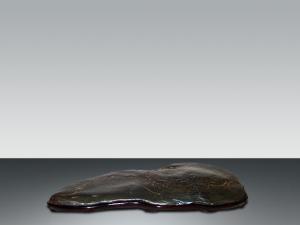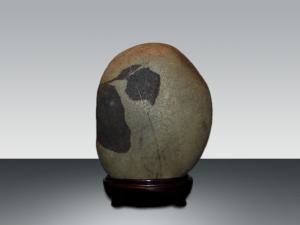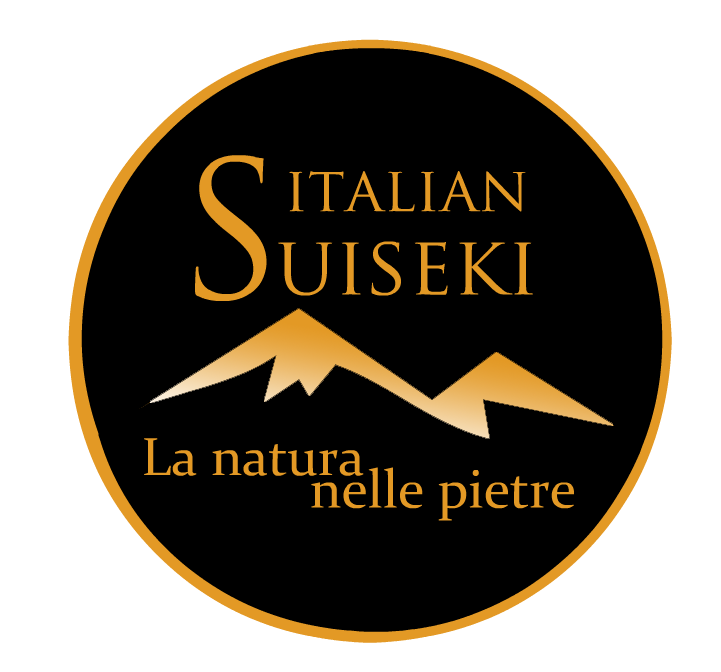
Pagina non trovata
|
Imagining on ... parla di pietre, di suggestioni, di fantasia. Il sito è attualmente in fase di creazione, stiamo aggiungendo pagine, immagini, contenuti e a breve sarà completato. Grazie per la vostra pazienza. |
|
Photo Gallery : i suiseki di Fabrizio Buccini
You need to download the Flash player from Adobe to use the Photo Viewer.
A difficult cleaning
by Mr. Fabrizio Buccini
The cleaning of a stone is one of the most interesting steps in the process that makes of a "simple stone" one astonishing Suiseki. We can find some stones which only needs a simple manual brush and a passage through running water so it is ready to the ageing period and it is already signed, our eye has immediately identified its features. We can find some stone that let its definitive shape glimpse out nevertheless it is very dirty in quite a few points and hopefully during the cleaning it will not show up any nasty appearance under its layer, but on the contrary, it will reserve some positive surprise. Sometimes we can find some hidden stone, that we pick up trusting our insight, improving within the years, or due to a big quantity of luck !
What is a suiseki ?
If you have already turned over the pages and images of this site, you'll have probably realized that we're talking about stones, not to be confused with minerals, and and so far there's nothing difficult : the stones surround us, they are the floor of our living, sometimes they are our sky, from the cave to the skycraper. In the east, on the contrary, man has always looked on stones in another way: the Chinese first and then the Japanese have turned the pratice of enhancement of a stone into a real art, investing it with a religious, philosophical and poetical meaning, according to the respective tradition and culture. Under the name of Gongshi in China, and Suiseki in Japan, stones are selected according to precise criteria, where shape, surface,grain and colour but also more inner and evocative qualities are of great importance. Thus, while in China light stones even with abstract shapes are appreciated, in Japan dark stones whose shape may recall natural landscapes are best loved. With the growing diffusion of bonsai art and the publishing of specialized magazines, about 30 years ago the art of enhancement of the stones began to spread also in the Western countries with precise reference to Japanese tradition. Those who devoted themselves to this art, looking for stones to be exhibited,did it following the criteria defined by the Japanese conception of art, using therefore the term suiseki to define those stones that respect its spirit. As a matter of fact, Western name, like Viewing Stones, was coined but the Japanese word suiseki remained the official one all over the world. Zen culture and, in general, the peculiar relationship that the Japanese have with nature, which can be seen in all their forms of art, from bonsai to ikebana, from handwriting to tea ceremony, determined also the principles of suiseki, establishing rules that look very strict to a Westerner's eyes. Which is these rules? I can now reintroduced the initial question: what's a Suiseki ? Briefly, a Suiseki is a stone that, according to the principles of Japanese tradition, : This last point is maybe the hardest to be understood and realized by a Westerner : in fact in a stone we can appreciate aesthetic qualities, imagine similarities and analogies, feel emotions and involvement, but it is more difficult for us to live its philosophical aspects.

The answer to this apparently simple question is actually complicated and can't be reduced to a mere definition.
Primitive weapons were made of stone, we got warm with it, we used it as ornament to our body, and also as a source of healing and as a symbol of power.
This is the most prosaic feature; but a stone has always attracted the eyes and the hand of those who see odd unexpected shapes, recognizable drawings or the colours of the rainbow. However, for a Westerner, this interest was nothing more than a fugacious pastime, like when you play at recognizing the shape of a cloud that the wind immediately disperses.
must be completely natural, shaped only by nature only and never modified by man;
must evoke a natural element (mountains, waterfalls, lakes, islands, animals, anthropomorphic characters) in few essential traits ;
all its physical features (shape, colour, surface, hardness) contribute to define the spiritual ones : sobriety, solidity, tranquillity, loneliness, deep detachment.


